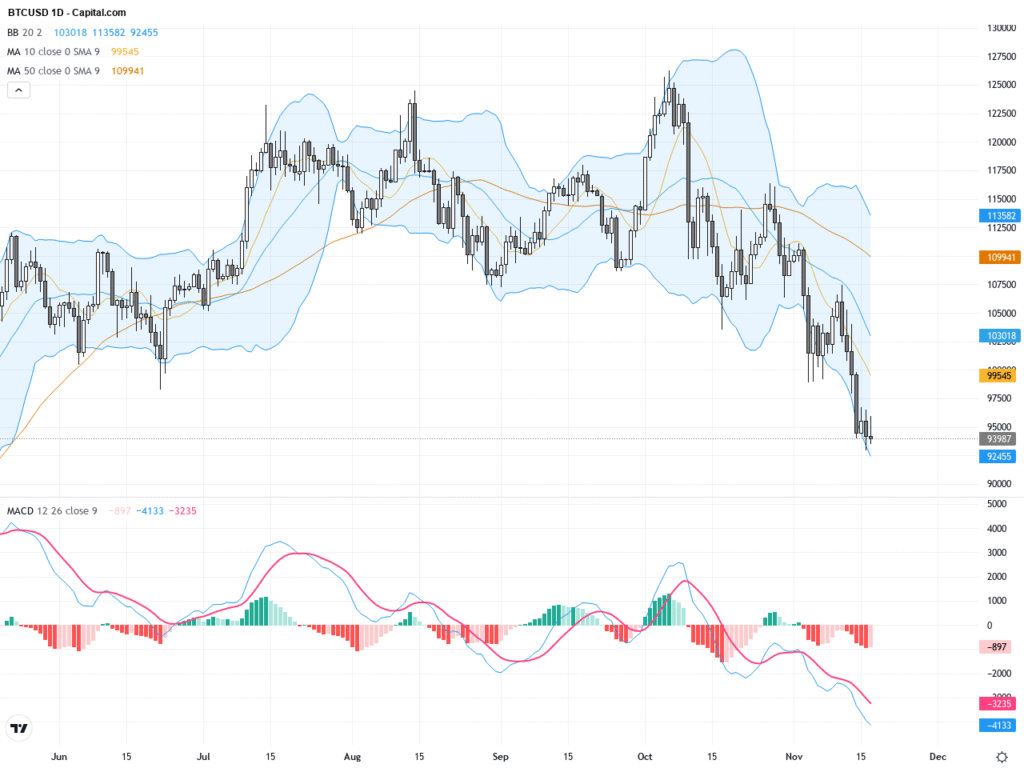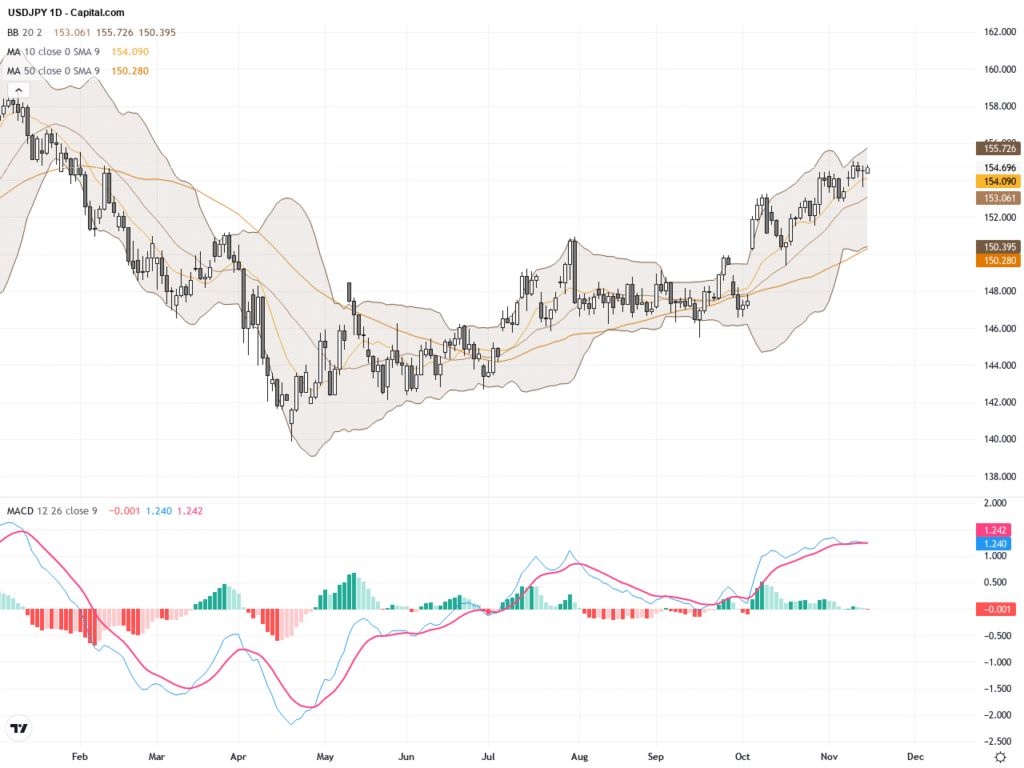 |
| Gold V.1.3.1 signal Telegram Channel (English) |

U.S. Tightens Chip Export Restrictions to China — Nvidia Faces $5.5 Billion Loss on H20, Shares Drop 6.5% After Hours, Dragging Down Semiconductor Stocks
2025-04-16 @ 10:57
Tech Stocks Tumble as U.S. Tightens Chip Export Rules to China
U.S. tech stocks have taken a hit after the government imposed tighter restrictions on semiconductor exports to China. On April 15, Nvidia announced that its specially designed H20 chip for the Chinese market would now require additional approval from U.S. authorities to export. The restriction takes effect immediately and will remain in place indefinitely. Alongside the announcement, Nvidia revealed a projected one-time write-down of about $5.5 billion for the first quarter, sending its shares down sharply in after-hours trading and dragging the broader semiconductor sector lower.
In a filing with the SEC, Nvidia stated the anticipated loss is largely due to write-offs on H20 chip inventory, purchase commitments, and related reserves. The stock dropped 6.5% in after-hours trading, marking its largest single-session decline so far this year.
The move has sparked ripple effects throughout the tech supply chain. AMD tumbled 7%, Intel slid 2%, and TSMC’s U.S.-listed shares dropped around 2%. Dell Technologies and Super Micro Computer—both heavily involved in the data center business—fell more than 5%. Analysts on Wall Street note that the Chinese market accounts for roughly 17% of Nvidia’s data center revenue. If the restrictions persist, that proportion could fall below 5%, with annual revenue losses potentially reaching $18 billion.
The policy shift is widely seen as a signal that the U.S. is reviving a hawkish tech strategy similar to the one pursued under the Trump administration. While the White House has temporarily held off on raising some tariffs on consumer electronics, it’s simultaneously stepping up restrictions and duties on semiconductor and biotech imports. These mixed signals are stirring uncertainty across the market, pushing Nasdaq 100 futures down 1.3% and Dow Jones Industrial Average futures down 0.4%.
Although the H20 chip was designed as a downgraded version to comply with previous export regulations, it still offers strong performance in AI inference and data processing. That made it a go-to option for major Chinese tech firms like ByteDance, Tencent, and Alibaba, all of which had been stockpiling large quantities in recent months. The new restrictions could now further accelerate China’s push for semiconductor self-sufficiency. For instance, Huawei’s Ascend series chips are expected to gain more market share and speed up the overall shift toward domestic alternatives.
In the short term, the semiconductor sector faces mounting pressure and heightened volatility may become the new norm. According to Goldman Sachs, if the curbs aren’t eased soon, they could undermine the expansion plans of U.S. chipmakers in Asia and push up global prices for AI hardware by 12% to 15% annually. Morgan Stanley has also warned that restructuring of the tech supply chain could lead to higher operating costs, which may eventually get passed on to consumers through more expensive end products.
With risk-off sentiment on the rise, the market’s volatility index (VIX) has surged to its highest level in a year, reflecting growing investor caution. All eyes are now on Nvidia’s upcoming earnings report, set for release on April 27. The results will offer crucial insight into how significantly the export ban has impacted the company, and what strategic adjustments it might pursue. Meanwhile, the U.S. government is expected to clarify the new chip export and tariff rules later this week, a development that could significantly influence market direction in the short run.








